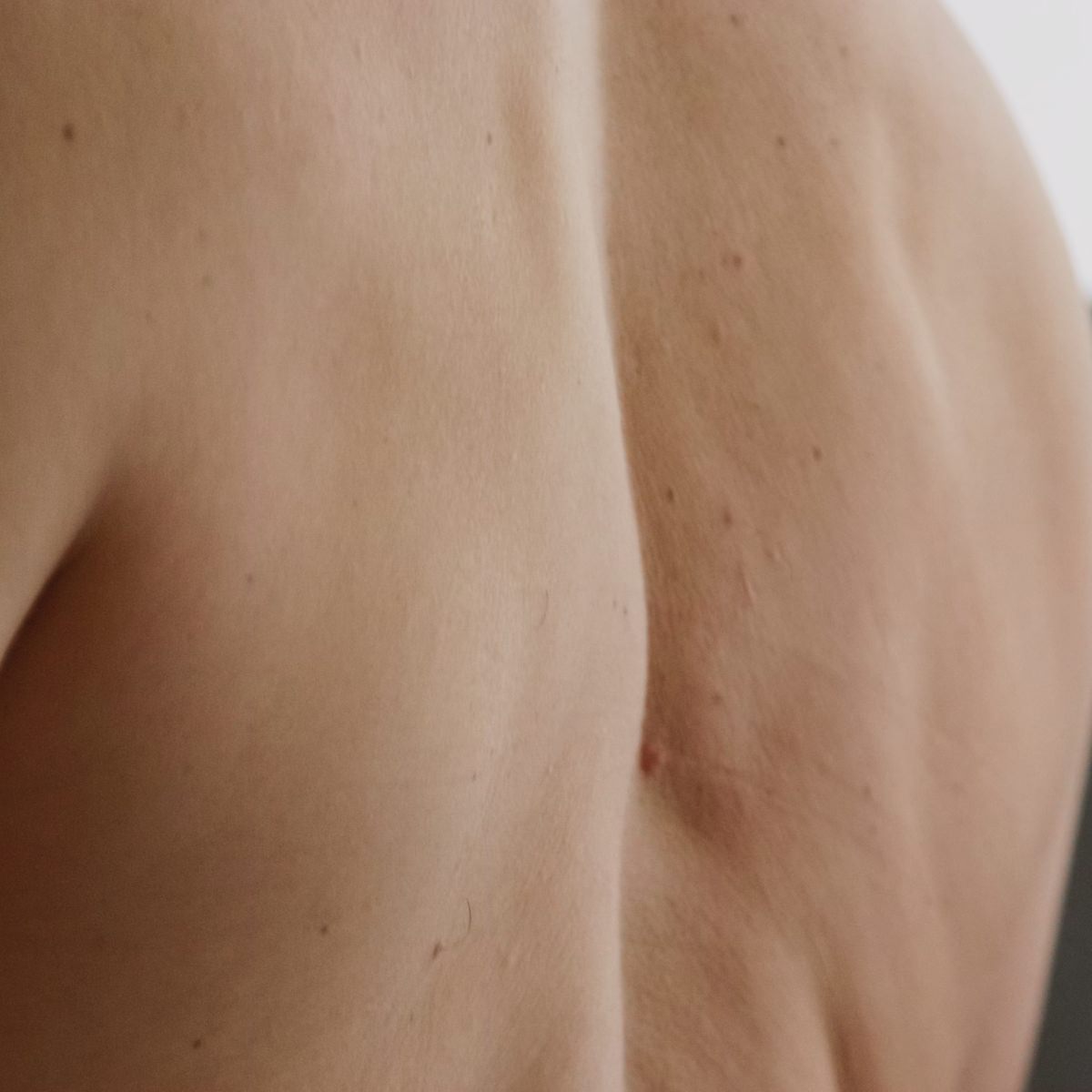
Moles and
skin cancer screening
An important topic in dermatology is the early detection and treatment of skin cancer.
The Annual Skin Screening is used for this purpose, in which the entire skin is examined for malignant changes. The dermatoscope, a reflected-light microscope and a dermatological magnifying glass are used to inspect the skin. Thus, malignant changes of the skin can be detected and treated as early as possible.

Non-melanoma skin cancer
Non-melanoma skin cancer comprises basal cell carcinoma and squamous cell carcinoma.
Both forms of cancer are very common and develop primarily in sun-exposed areas.
Therefore, the outbreak of this type of cancer is often seen on the face, shoulders and hands. They are often a sign of advanced damage to the skin by UV rays. While basal cell carcinomas almost never spread, this can very well happen with a squamous cell carcinoma, although much less frequently compared to melanoma.
Melanoma
Melanoma is a rarer form of skin cancer but more problematic due to its higher metastasis risk (spreading to other areas of the body). Therefore, early detection during the Annual Skin Screening and timely removal is of uttermost importance.
Moles that grow quickly, change colour or shape rapidly, itch or even bleed should be quickly shown to a dermatologist for evaluation.
This simple self-observation routine can help to identify suspect moles.
Self-check moles according to the ABCDE rule:
Asymmetry – Melanoma is often asymmetrical, which means the shape isn’t uniform. Non-cancerous moles are typically uniform and symmetrical in shape.
Border – Melanoma often has borders that aren’t well defined or are irregular in shape, whereas non-cancerous moles usually have smooth, well-defined borders.
Colour – Melanoma lesions are often more than one colour or shade. Moles that are benign are typically one colour.
Diameter – Melanoma growths are normally larger than 6mm in diameter, which is about the diameter of a standard pencil.
Evolution – Melanoma will often change characteristics, such as size, shape or colour. Unlike most benign moles, melanoma tends to change over time. If you have a mole or skin growth, watch it for signs of changes. If you notice any of the ABCDEs of melanoma, make an appointment right away to be evaluated by a dermatologist.
